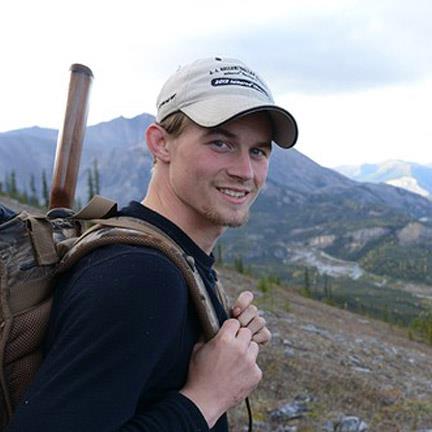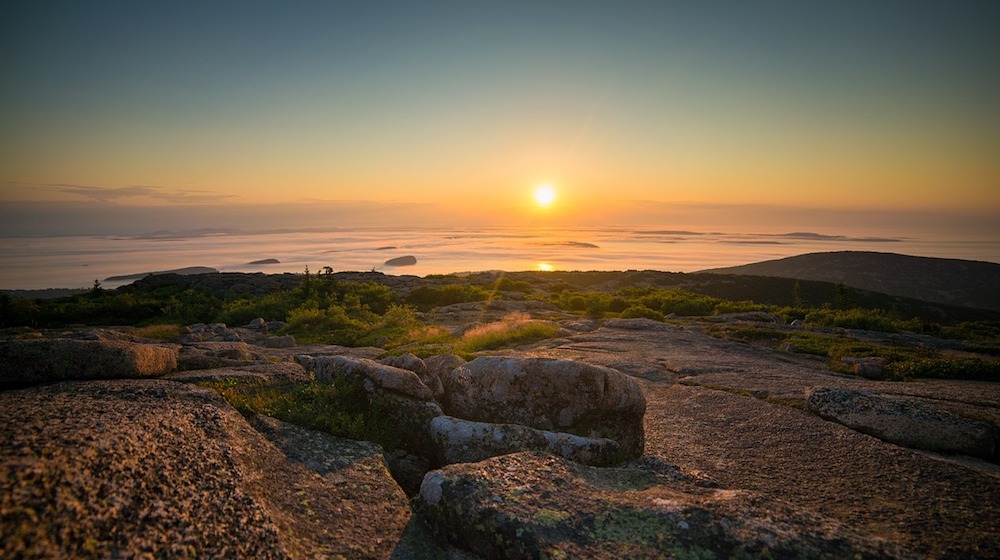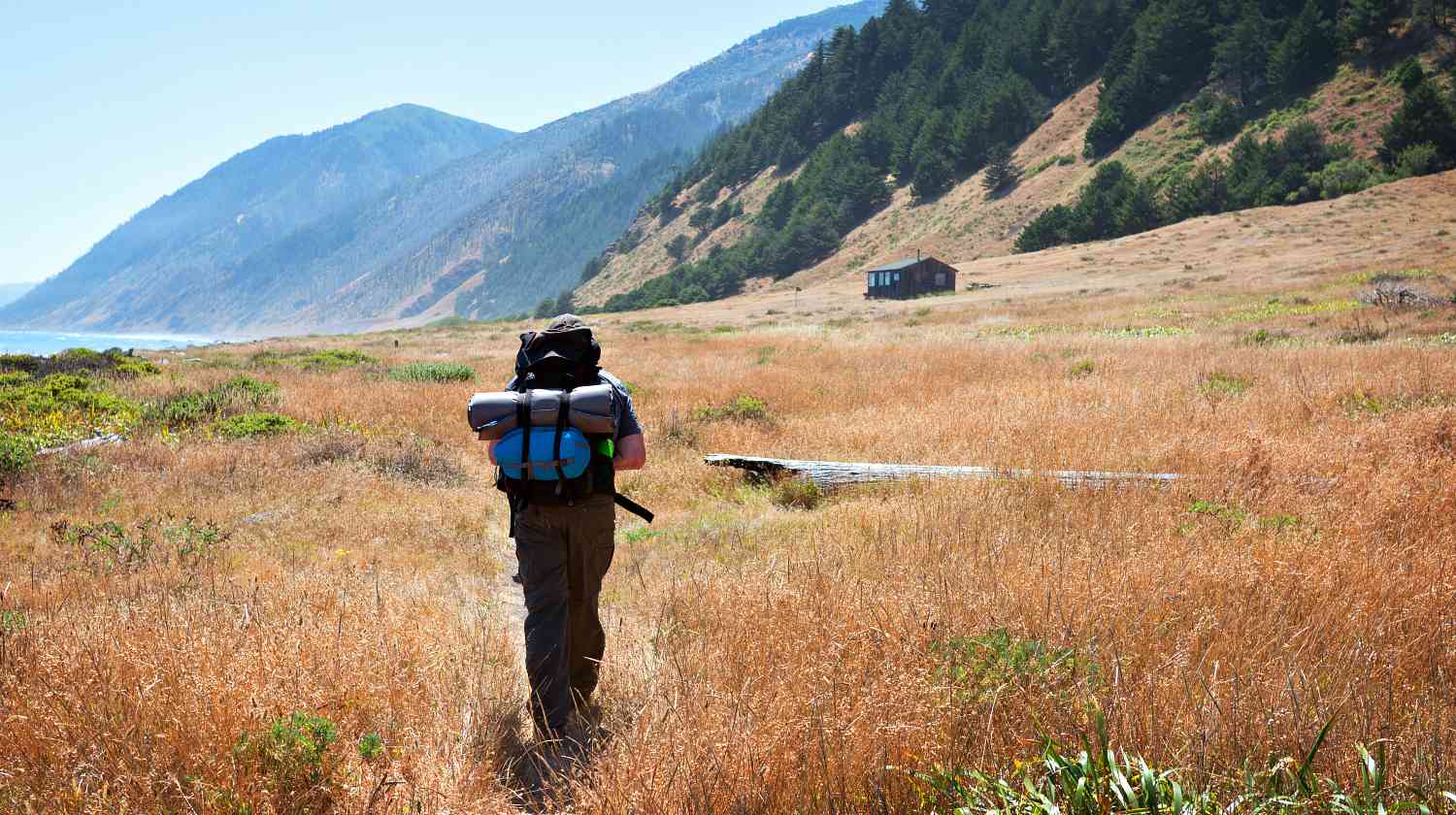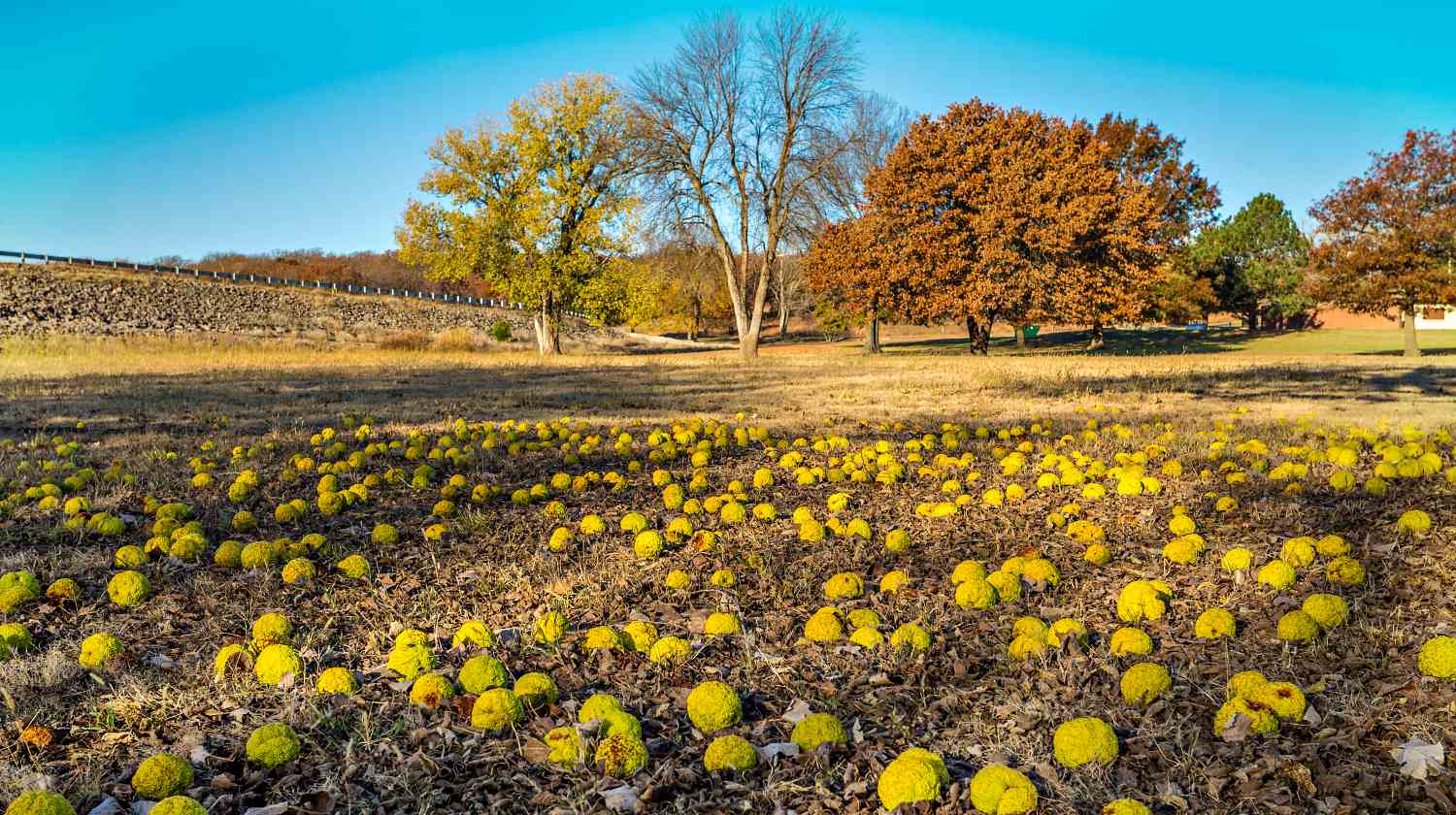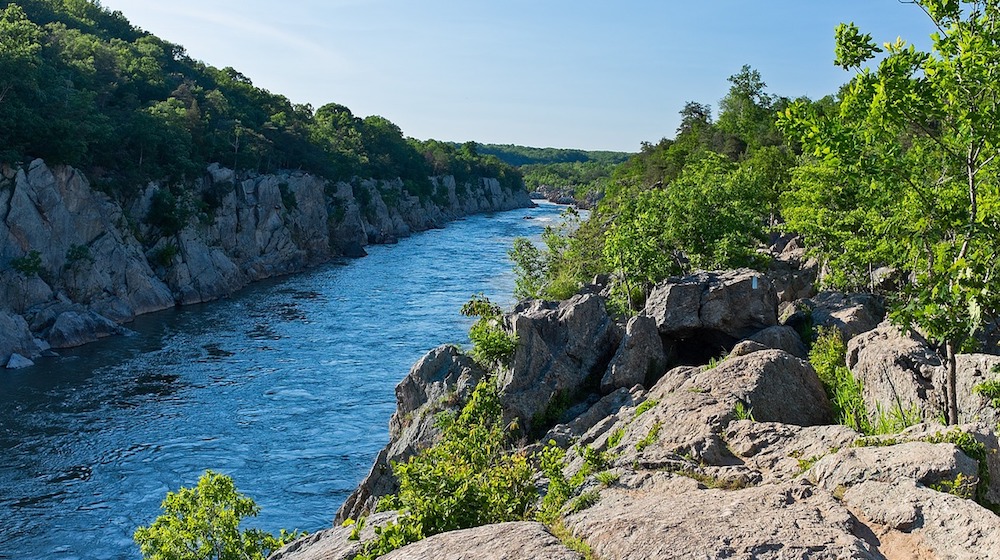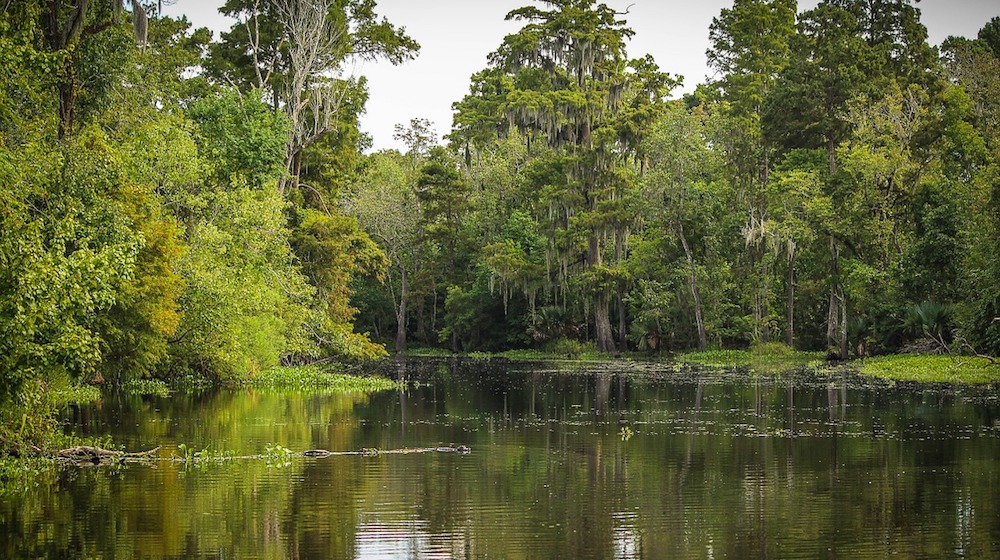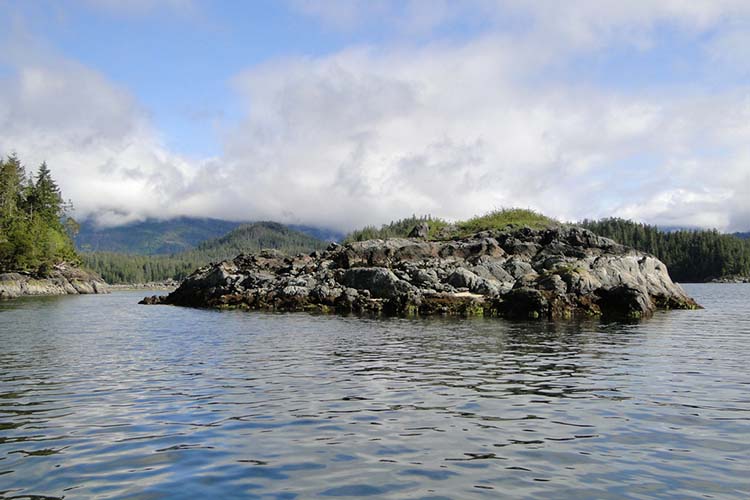Camping
Dallas Seavey – The Ultimate Survivalist
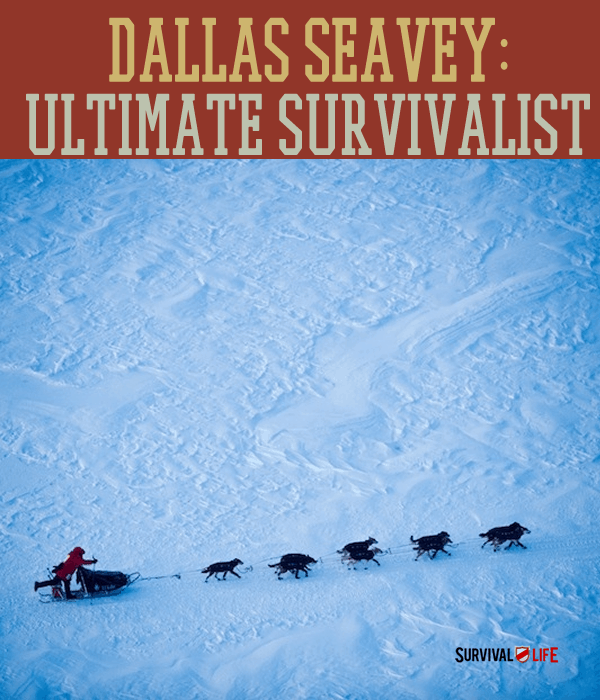
I was fortunate enough to speak with two-time Iditarod winner, Dallas Seavey, an extreme survivalist and wilderness guru. Seavey is also currently a contestant on Ultimate Survival: Alaska, where contestants battle the Wild Frontier. Take a look at what he has to say about survival, and the challenges he’s faced in one of the most unforgiving places on Earth:
Tell me about your background and the environment you grew up in. How did you get started in this adventure/wilderness lifestyle?
I think I was kind of born into it, in some ways. My family has been doing it as long as I can remember. My grandfather helped start the Iditarod and competed in the very first race. He’s an adventurous spirit to begin with – he moved to Alaska because of the ‘Wild Frontier.’ It seems like that’s the kind of mentality our whole family has trickled down with. When he started the Iditarod it was not a race, so much as an incredible expedition or experience, and nobody else they knew could go 1,000 miles by a dog team. So they decided to try it, and it became an annual event.
My dad has been mushing since I was 5 years old, and that was the environment I grew up in. It’s not just about being out in the woods. It’s about doing it well and doing it as quickly as possible, which makes you be very thorough. You get out there and have all the time in the world. You have time for mistakes.
For us, we spent our entire lives training for an event that plays out over eight and a half to nine days, and if you lose one hour in there, that’s the cost of your whole race, which could cost you your whole year. So you learn to be very thorough, and very careful. And with that mindset, you are less prone to making mistakes.
I guess that’s where our love of the outdoors started with. Outings for us – even when we were just little guys – we’d hike however far we could to a lake and spend our time fishing. It was kinda fun to just take some flour, salt and pepper, and go catch fish. It wasn’t so much about packing food, it was about packing stuff to catch food. And for kids that was great fun, that’s what made it an adventure. We have chosen to live a life where – it’s not like we go out into the woods or a fun trip anymore. I live in the woods. I think that’s the difference between the people that are really successful racing the Iditarod, or doing what we’ve done on National Geographic with Ultimate Survival, Alaska. It’s a different mentality. There are people that go into the woods trying to survive until they get out, and there are people that just live there, they’re in no hurry. It’s survival, you stay as long as you want to and live comfortably. And that’s the idea for me.
Obviously your granddad and your dad kind of taught you the tricks of the trade, but now that you’ve gotten older, has it been more competitive between you?
Certainly in racing sled dogs we’re competitive. My dad and I have been back and forth the last couple years. And just to clarify, we don’t have any overlap. Everything he does, I do – everything I do, he does. We compete, and that’s probably where both of us make the majority of our money. We’re [also] the two closest, biggest tour operations, so we’re competing with each other. And then ultimately, we both race the Iditarod and that’s a big event. Two years ago, I was first and he was seventh. Last year, he was first and I was fourth. This year, I was first and he was third. We’re always within a tour or two of each other. He’s the one I’m trying to beat, and the same the other way. But it’s done in a really healthy way, my dad’s probably my best friend. We race hard out there, and the neat thing about the Iditarod is that it’s not me against him, it’s me and the dog team fighting the Alaskan wilderness. And I want to beat him on his best day not his worst.
What would you say you do to mentally and physically prepare yourself for the exertion of the race and all the competitions that you’re doing?
That’s a good question, and we get that a fair bit. People think we must do something to really mentally prepare us out there and pump ourselves up. The Iditarod is an up-to 10 day event. This year we smashed the record of 8 days and 15 hours – and it doesn’t play out quickly. Every time I see people having to build themselves up to face the wilderness, the wilderness will tear them down. It’s bigger than anybody out there. If you’re going out there with artificial provato, Alaska will find out and send you home packing. It has to just be your home. I don’t do anything special, because the stress of getting started on the Iditarod – let’s say the week leading into the Iditarod – we spare no energy to make sure everything is prepared the best it can be. So when the Iditarod finally starts, you can feel relief. You can take a deep breath and think, ‘It’s just me and my dogs, at last. This is where I am comfortable.’
I think that’s the key. If you have to pump yourself up to be out here, you’re not really ready to be a tough guy yet. The people who have to build themselves up and prepare themselves for the Iditarod, at some point it [the wilderness] will be even bigger they thought it could be.
So would you say your #1 key to survival is to relax and have a clear mind?
Oh, absolutely. Your mind is your most valuable weapon, and it’s the one thing that you should always be able to rely on. Although your thoughts are going to be affected because of dehydration or lack of food. Your mind is incredibly valuable, but you also have to accept when your mind and emotions are doing what they’re doing. On the Iditarod, you’re so sleep deprived that you become incredibly pessimistic, everything looks terrible. And that’s okay, as long as you can recognize it for what it is. 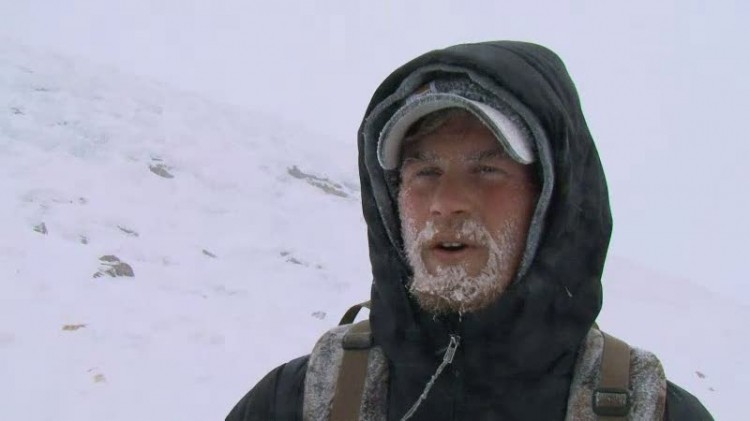
For me, I guess I’ve been called arrogant a couple times before. But I think it’s truly confidence, and confidence is valuable – it’s just learning how to handle that in a social setting. You have to be confident in the woods. You have to be confident that, ‘Shoot, if it can be done I can do it.’ If it’s a problem, it can be solved. I mean, I think about how I’ll come up with a solution. And that’s certainly been a key with all the wilderness stuff I’ve done outside the Iditarod. Not looking at the ten thousand things that can’t be done, but just finding one way that it can be done. You’re gonna have to be creative, you can’t ever really learn every trick in the book when it comes to wilderness and wilderness survival. You’ve got to really learn how to MacGyver the situation, and look at what you have, look at the problem and find a solution. It’s always there.
Tell me about your craziest or most life threatening experience during all of your outdoor adventures.
In a nutshell, in the 2011 Yukon Quest Race, when I ran that race, it was plagued with bad storms, frigid cold temperatures, and pretty much everything that could go wrong did go wrong. When we finished the race, it was tagged the ‘toughest 1,000 mile race ever.’ That kind of hits people because it was a race of survival more than a race of real tactics. Probably the most sketchiest part of it was on the seventh or eighth day of the race, about 3 a.m., mushing down temperatures that were about 57 below. These are the coldest temperatures I’ve ever mushed in.
When I left the camp at 57 below, I was wearing everything I had with me obviously, it was kinda cold! About 7 to 8 miles into my run, we came across a part of a river that had just a shimmer of water – an overflow of water. That’s not uncommon in these kinds of temperatures. When it gets that cold, the river starts freezing so quickly it puts a lot of pressure on the water beneath it, and it cracks the ice where water shoots out of the top of the ice and the water refreezes. But when you get there at the wrong time – you know the time when the water has gushed onto the surface but hasn’t refrozen yet – it can be deadly.
I got there, and saw a little bit of water on top of the ice, and I didn’t want to run my dogs through that and get all their feet wet. So I stopped and tried to find other ways around this, only to find that anywhere the snow had drifted, the water was about 3 feet deep underneath the snow – and I can’t get there. After looking around about 15 minutes, I found the easiest way was going to be where it appeared to be only 3 to 4 inches deep. We took off into that stuff, and after about a 100 or 200 yards into it, the ice gave in beneath me. Now I realized, what was actually going on. There was 2 to 2.5 feet [of water] on top of the ice, and the ice that I saw on the surface was refreezing. So we broke through a layer of ice and now I’m in [water] over my knees. And there was half a layer of ice on top of that, so there was just enough ice on the surface where the dogs couldn’t push through it.
Long story short, I end up having to get off the sled – hoping all the dogs were with the sled – and walking in front them, breaking down the ice so that they could get through it. It’s a process walking through two and a half feet of water with a layer of ice on top and underneath that – I fell down at least two dozen times. So I’m slopping around in this water, pulling the dogs through, and they think I’m absolutely insane. I finally got to the far side of the water where the ice was solid again and pulled the dogs up on top of the ice. By now, all my nice and warm, insulated gear has soaked up pounds upon pounds of water, and everything was freezing quickly. I was able to cut off my big over boots that weighed about 25 pounds apiece, and was able to get my huge snow pants off, which left me in tennis shoes basically and fleece pants. My parka was so frozen, there was no way I could get it off. The zippers were frozen solid. So then I start walking back to go get my dog sled… I was in a hurry to get out my sled before it froze, but even then I’m stuck without any of my gear. By the time I get out of the water for the last time, I had been in it for just over an hour at 57 below. I had not idea where one of my gloves were, but I saw one floating by me. 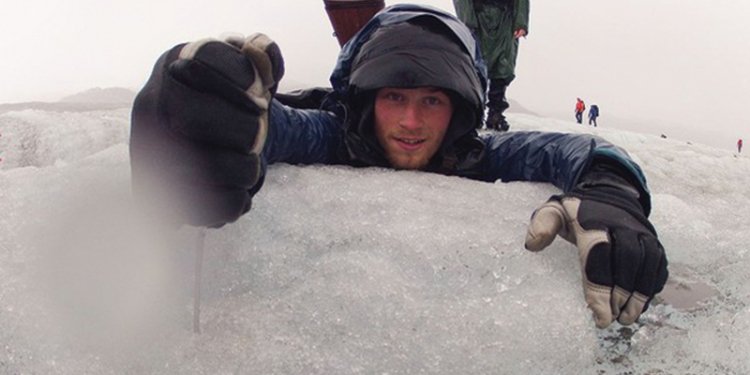
At that point you have two choices. You can either settle down, build a fire and dry out. Realistically, you can’t really dry things in 57 below, unless you have an enclosed area where the fire could actually heat up the air. I’ve built a fire at 50 below once, it wasn’t any emergency, I was just giving the dogs a break and trying to keep myself busy for 4 or 5 hours. I remember the fire being colder, because when you build a big fire it’s drafting air in, and that wind chill factor creates more chill than warmth. With the synthetic clothing that we wear, you have to sit close enough to the fire to dry it but you actually melt it. So it’s really hard to dry your gear in that temperature unless you’re in an enclosed area and can heat the air.
The other option of course is to try to make a run for it and make it to the next checkpoint, which for me was about 5 hours away – and that’s what we ended up doing. I got the dogs geared up again – found some dry socks [the only dry thing I had] and put on some windbreaker gear – it’s really, light and fine. There’s no insulating value it’s just a wind block. So I’m wearing a light, fleece pair of pants that are soaking wet, this wind layer and soaking wet boots with dry socks.
I’d like to think I’m athletic, so I thought I’d just keep running and moving for the next 5 or 6 hours. Unfortunately, after an hour my boots that we’re soaking wet from running were frozen with the toes pointing straight in the air, so I had to walk on my heels. They started cutting circulation off my feet, so I tried cutting the boots off but it didn’t make any difference because they were frozen rock solid. So I get in my sleeping bag, standing in the sled – just hopping and moving as much as possible. By the time I had gotten to the next checkpoint, it had warmed up to 38 below. It took about half an hour for a couple people to get those boots off my feet with a claw hammer and space heater. It wasn’t long after that I had a pretty nasty ulcer develop, and then there was another storm the next day, so I had to take some morphine. Two days after that I won the race.
You just battle through this stuff, dealing with one issue at a time. In that particular situation, looking back there’s no way I should have survived. Conditions were such that, that’s where you die – when you’re wet in that temperature and you’re a long way from any sort of help. It was a pretty strange situation, but I was able to keep moving and forcing circulation. It’s also deadly because it gives you a sense of security, like, ‘Shoot if I lived through that, what can’t I live through?’ You have to be smart and not become reckless. Just because you can deal with the worse case scenario, doesn’t mean you want to put yourself in that situation time and again.
The less you haul with you, the better. What are your tips for being the most resourceful?
You have to go through everything you have… and think about, ‘What purpose does this item serve? Is there another item that can serve that same purpose? How likely is it that I need it?’ You want to be light, but so many times I’ve seen people try to save 5 minutes by cutting out a pack or two but they end up losing 5 or 10 hours, because they don’t have something they need or they’ve put themselves in a deadly situation, which could have easily been avoided by carrying just a little more weight. So for me, I’d rather have a little more heavier setup than my competition – I’m not in a hurry to get to the next checkpoint because I have to. I can be out there an extra 10 days and it’s not a problem, and because of that, it gives me the freedom to make bigger moves and take bigger risks because I have the gear to survive it if I do mess up.
If you could only carry 3 things with you out into the wilderness to survive, what would they be?
If I had a knife, I don’t really need the other 2 items. As long as I’ve got a good knife – which a lot of good survivalists could probably make on their own in the woods. But for comfort, I’d say a knife and a flint. I don’t know what the third item would be, but you can’t rely on any of this stuff. If you are going to be out there long enough, you have to be able to replenish everything you have. Nothing lasts forever, even a knife you could lose. And a flint is going to wear out. It’s hard to say there’s things you have to have, but if I was starting out I’d certainly want a knife and a flint.
Do you have any thoughts on the zombie apocalypse hype?
Not really – I’ll be honest with you, I don’t have a TV or newspapers. I’m gone a week at a time or more with my sled dogs, and in that week I’m averaging an hour of sleep a day. So when I get back from that trip, I’m pretty wiped out. By the time I get rested up, it’s time to go again. I don’t have a lot of time that I’m trying to fill, I usually have problems I’m trying to solve.
Do you have any other advice or survival tips?
It all comes back to the mentality. Gear and stuff – those are all tangible. For me it’s all about, ‘How do I stay out here indefinitely?’ I think a lot of people make mistakes and get in a hurry to get out of there. The wilderness is dangerous to them and they get out of there as quickly as possible. I’d say slow down, look around you and figure out how to survive. Say, 15 days. Give yourself 15 days to ease your way out of the woods. You’ll find it’s a lot more hospitable than you thought, if you are taking the time to look around and not running from things, but looking at everything as a possibility. Don’t look at a river as an obstacle, but a possibility it may present you. Slow down, take a deep breath and don’t panic. Look at this stuff as your friend and your new home, not as something you need to run from as quick as possible. Even in the most harsh environments, there’s always possibilities. At the very least, if you die in the woods, you’ll die having a good time enjoying your time in the woods. I hope I die in the woods someday.
Check out DallasSeavey.com for more behind-the-scenes look into the survivalist lifestyle!
Want more survival tips? Check out these great articles on our site:
Survival Tips from an Expert
Make a DIY Survival Water Filter | Survival Tips
Prepper Mistakes to Avoid | Survival Tips
-

 Do It Yourself7 months ago
Do It Yourself7 months agoParacord Projects | 36 Cool Paracord Ideas For Your Paracord Survival Projects
-

 Do It Yourself9 months ago
Do It Yourself9 months agoHow To Make Paracord Survival Bracelets | DIY Survival Prepping
-

 Do It Yourself9 months ago
Do It Yourself9 months ago21 Home Remedies For Toothache Pain Relief
-

 Do It Yourself10 months ago
Do It Yourself10 months agoSurvival DIY: How To Melt Aluminum Cans For Casting
-

 Exports8 months ago
Exports8 months agoAre Switchblades Legal? Knife Laws By State

